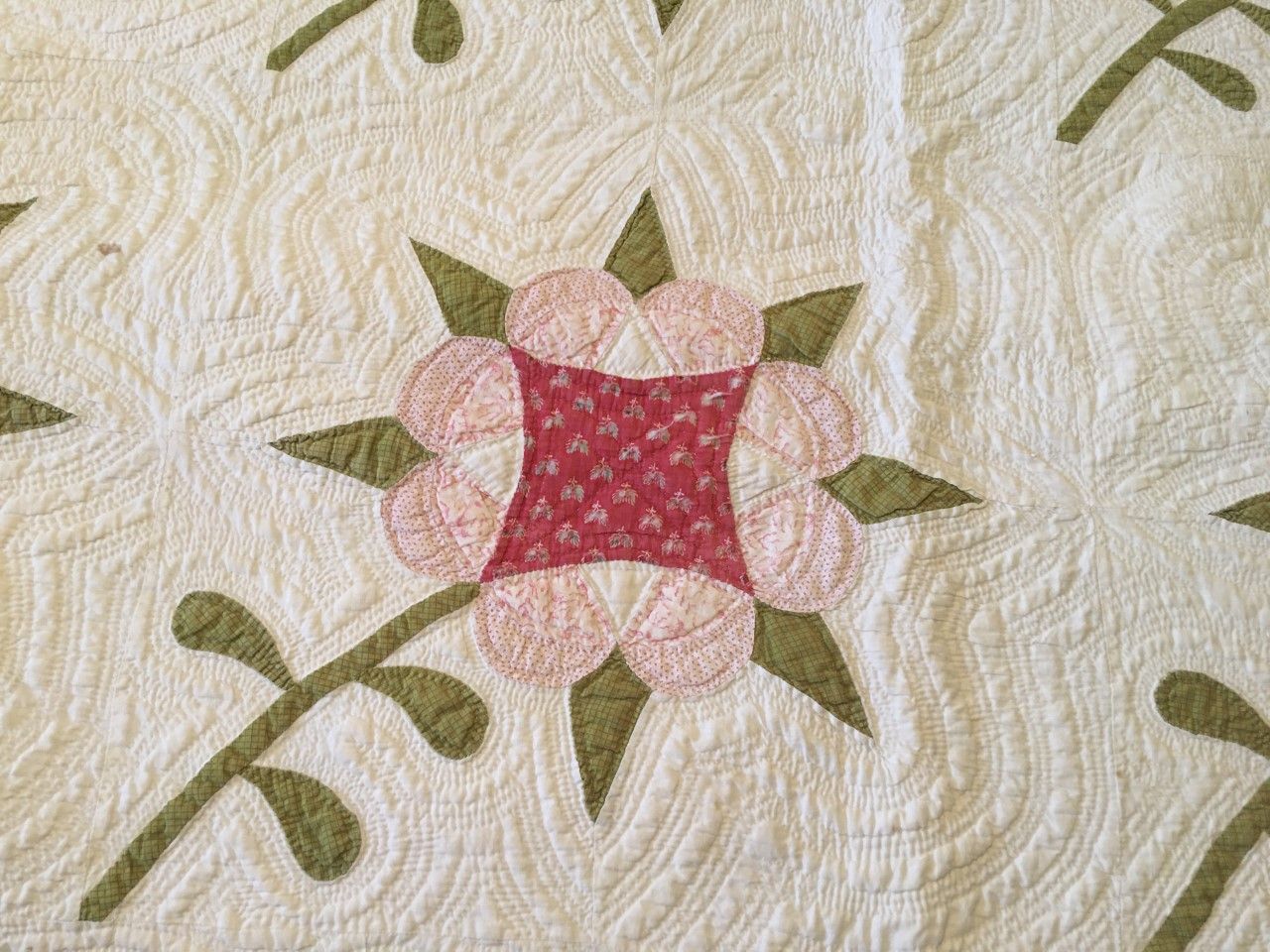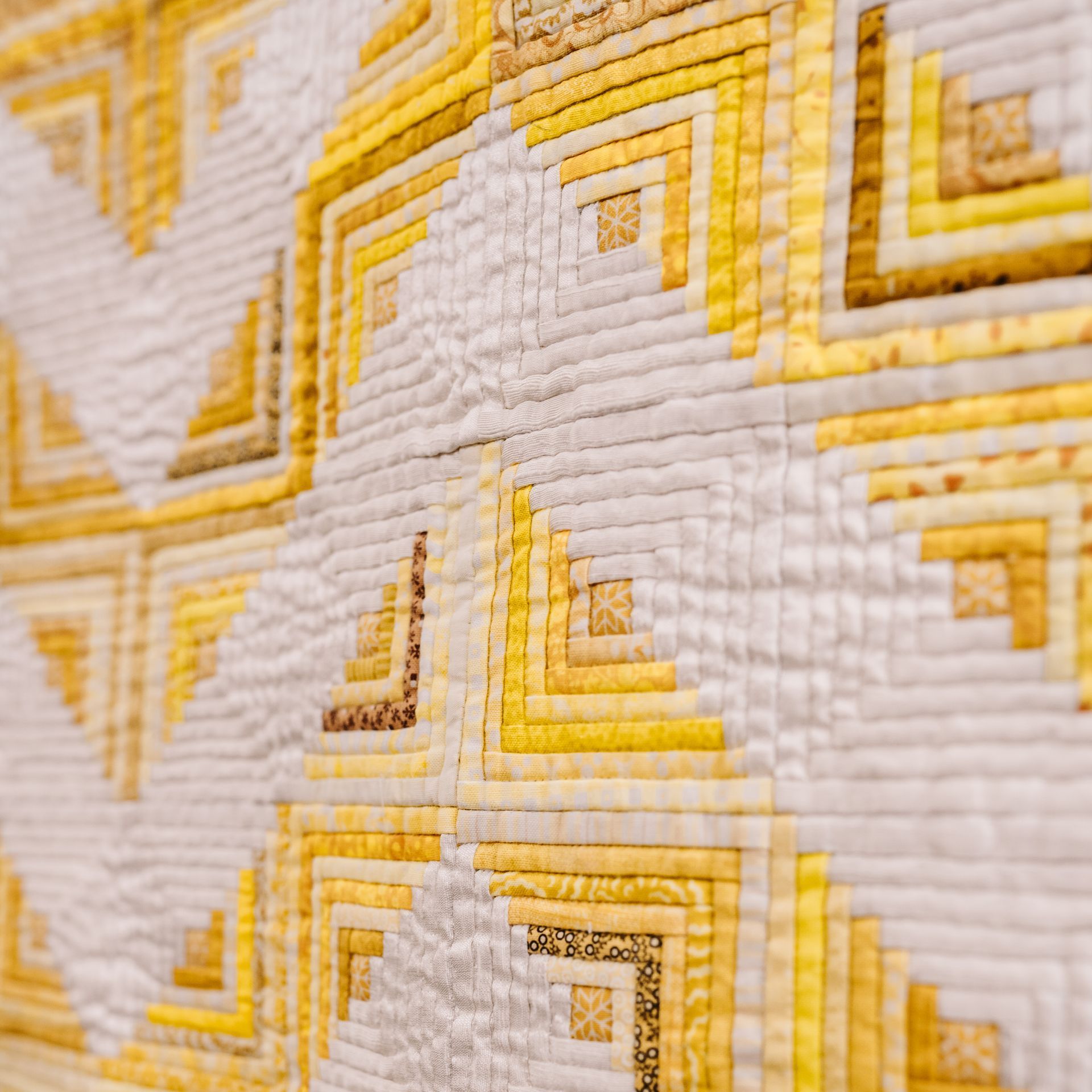Quilt History Snippets - January 2025
What: Review of Uncoverings 1993, Volume 14 of the Research Papers of the American Quilt Study Group, edited by Laurel Horton
Topic: “Surfacing: The Inevitable Rise of the Women of Color Quilters’ Network”
Author: Sandra K. German
In 1993 the author identified a gap in the “thriving” condition of the “growing” American quiltmaking and scholarship industry. She found “attitudes and perceptions of some American quiltmakers who feel that barriers exist between themselves and the mainstream.” And she lauds the Women of Color Quilters’ Network for evolving “to help meet the needs of disenfranchised quilters.” [p. 137]
Some of what German has to say is challenging but serves to prove her points. They are difficult to deny in many cases, but there is room for discussion and clarification. Looking around at guild meetings most of us attend as well as AQSG Seminar meetings, one cannot deny her statement, “there is a large discrepancy between the numbers of European American quilters, guilds, teachers, lecturers, curators, writers, editors, international exchange candidates, fellowship recipients, and so on, and their African American counterparts.” [p. 139-140] What follows is a detailed explication of the ways in which African American’s “visibility” in art and craft in America has been, and is, sidelined. It is a concept she credits Ralph Ellison with bringing to the forefront in the 1950s, in his book, Invisible Man.
German’s discussion of “invisibility” seems a very good opportunity to explore the effects and consequences of racial and sexist social and cultural attitudes across many generations to the present. Given all the many years since the Civil Rights movement in American and the many ways in which we have experienced the consequences of sexism and racism, one would think we would be past the need to think about and discuss this issue.
Sadly, there is more work to do and revisiting this article may just be a good way to start that discussion. Have her issues changed? If yes, how have they changed? What of her points are still relevant? What can we do to resolve these issues? What, if anything, does AQSG need to do about these issues?
Best wishes to you all for the new year. Let’s make 2025 the best it can be. I hope to see you all at Seminar in the fall.
Share Post




